GALLIUM(III) 2,4-PENTANEDIONATE
Synonym(s):Ga(acac)3;Gallium(III) 2,4-pentanedionate
- CAS NO.:14405-43-7
- Empirical Formula: C15H21GaO6
- Molecular Weight: 367.05
- MDL number: MFCD00013492
- EINECS: 238-377-0
- SAFETY DATA SHEET (SDS)
- Update Date: 2024-03-27 14:23:05

What is GALLIUM(III) 2,4-PENTANEDIONATE?
Chemical properties
monoclinic white powder(s) [STR93] [CRC10]
The Uses of GALLIUM(III) 2,4-PENTANEDIONATE
It is used in research on Ga-containing materials. Gallium oxide thin films can be created with atomic layer epitaxy (ALE) by combining gallium acetylacetonate with either water or ozone as the precursor. It can also be used for the synthesis of high purity gallium nitride nano-wires and nano-needles at low temperatures.
What are the applications of Application
Gallium(III) acetylacetonate is coordination complex with three acetylacetone ligands
General Description
Gallium acetylacetonate, is a coordination complex with three acetylacetone ligands, is used in research on Ga-containing materials. The molecule has D3 symmetry, being isomorphous with other octahedral tris(acetylacetonate)s
Properties of GALLIUM(III) 2,4-PENTANEDIONATE
| Melting point: | 196-198 °C (dec.)(lit.) |
| Boiling point: | 140°C 10mm |
| Density | 1,42 g/cm3 |
| storage temp. | Inert atmosphere,Room Temperature |
| form | Powder |
| color | white to pale yellow |
| Specific Gravity | 1.42 |
| Water Solubility | Insoluble in water. |
| Hydrolytic Sensitivity | 4: no reaction with water under neutral conditions |
Safety information for GALLIUM(III) 2,4-PENTANEDIONATE
| Signal word | Warning |
| Pictogram(s) |
 Exclamation Mark Irritant GHS07  Health Hazard GHS08 |
| GHS Hazard Statements |
H315:Skin corrosion/irritation H319:Serious eye damage/eye irritation H335:Specific target organ toxicity, single exposure;Respiratory tract irritation H351:Carcinogenicity |
| Precautionary Statement Codes |
P280:Wear protective gloves/protective clothing/eye protection/face protection. P301+P312:IF SWALLOWED: call a POISON CENTER or doctor/physician IF you feel unwell. P305+P351+P338:IF IN EYES: Rinse cautiously with water for several minutes. Remove contact lenses, if present and easy to do. Continuerinsing. P308+P313:IF exposed or concerned: Get medical advice/attention. |
Computed Descriptors for GALLIUM(III) 2,4-PENTANEDIONATE
Abamectin manufacturer
New Products
4-AMINO-TETRAHYDRO-PYRAN-4-CARBOXYLIC ACID HCL 4-(Dimethylamino)tetrahydro-2H-pyran-4-carbonitrile 4-Aminotetrahydropyran-4-carbonitrile Hydrochloride (R)-3-Aminobutanenitrile Hydrochloride 3-((Dimethylamino)methyl)-5-methylhexan-2-one oxalate 1,4-Dioxa-8-azaspiro[4.5]decane 5-Bromo-2-nitropyridine Nimesulide BP Aceclofenac IP/BP/EP Diclofenac Sodium IP/BP/EP/USP Mefenamic Acid IP/BP/EP/USP Ornidazole IP Diclofenac Potassium THOMAIND PAPER PH 2.0 TO 4.5 1 BOX BUFFER CAPSULE PH 9.2 - 10 CAP SODIUM CHLORIDE 0.1N CVS ALLOXAN MONOHYDRATE 98% PLATINUM 0.5% ON 3 MM ALUMINA PELLETS (TYPE 73) LITHIUM AAS SOLUTION 2-Bromo-1-(bromomethyl)-3-chloro-5-nitrobenzene 2-Bromo-3-nitroaniline N-(3-Hydroxypropyl)-N-methylacetamide 3-Bromo-6-chloropyridazine 4-ethyl-3-nitrobenzoic acidRelated products of tetrahydrofuran


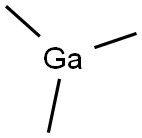
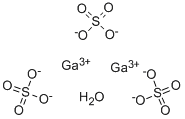
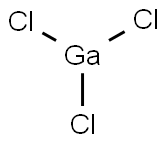

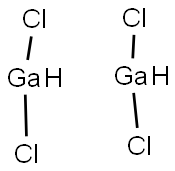
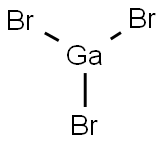
You may like
-
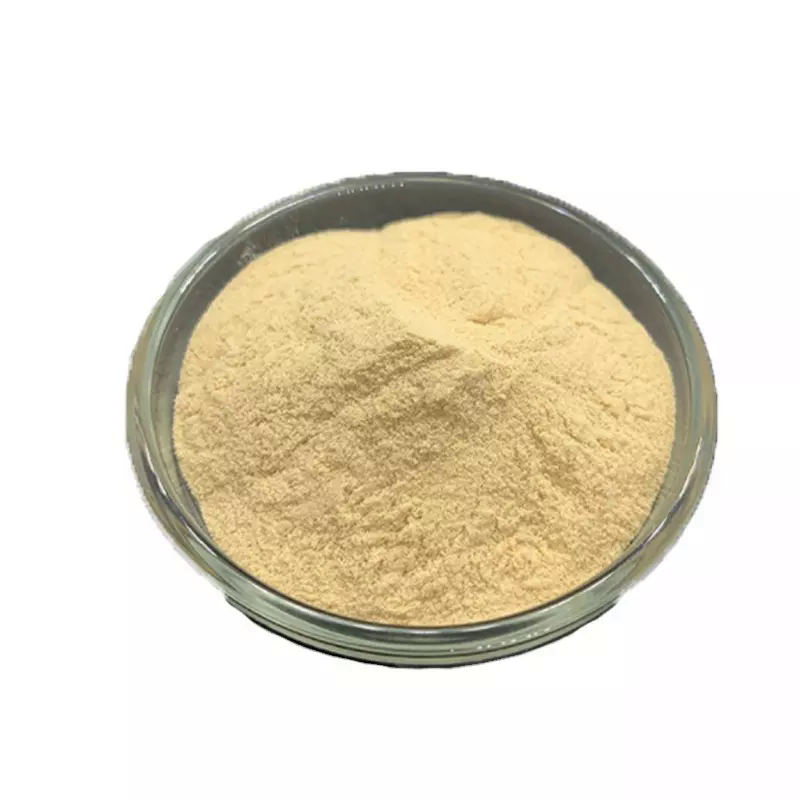 Gallium(III) acetylacetonate 98%View Details
Gallium(III) acetylacetonate 98%View Details -
 Gallium(III) 2,4-pentanedionate CAS 14405-43-7View Details
Gallium(III) 2,4-pentanedionate CAS 14405-43-7View Details
14405-43-7 -
 Gallium(III) 2,4-pentanedionate CAS 14405-43-7View Details
Gallium(III) 2,4-pentanedionate CAS 14405-43-7View Details
14405-43-7 -
 Gallium(III) 2,4-pentanedionate, 99.99% CAS 14405-43-7View Details
Gallium(III) 2,4-pentanedionate, 99.99% CAS 14405-43-7View Details
14405-43-7 -
 Tris(2,4-pentanedionato)gallium(III) CAS 14405-43-7View Details
Tris(2,4-pentanedionato)gallium(III) CAS 14405-43-7View Details
14405-43-7 -
 Gallium(III) acetylacetonate CAS 14405-43-7View Details
Gallium(III) acetylacetonate CAS 14405-43-7View Details
14405-43-7 -
 2-(3-(tert-butyl)phenoxy)-2-methylpropanoic acid 1307449-08-6 98%View Details
2-(3-(tert-butyl)phenoxy)-2-methylpropanoic acid 1307449-08-6 98%View Details
1307449-08-6 -
 Lithium ClavulanateView Details
Lithium ClavulanateView Details
61177-44-4
Statement: All products displayed on this website are only used for non medical purposes such as industrial applications or scientific research, and cannot be used for clinical diagnosis or treatment of humans or animals. They are not medicinal or edible.